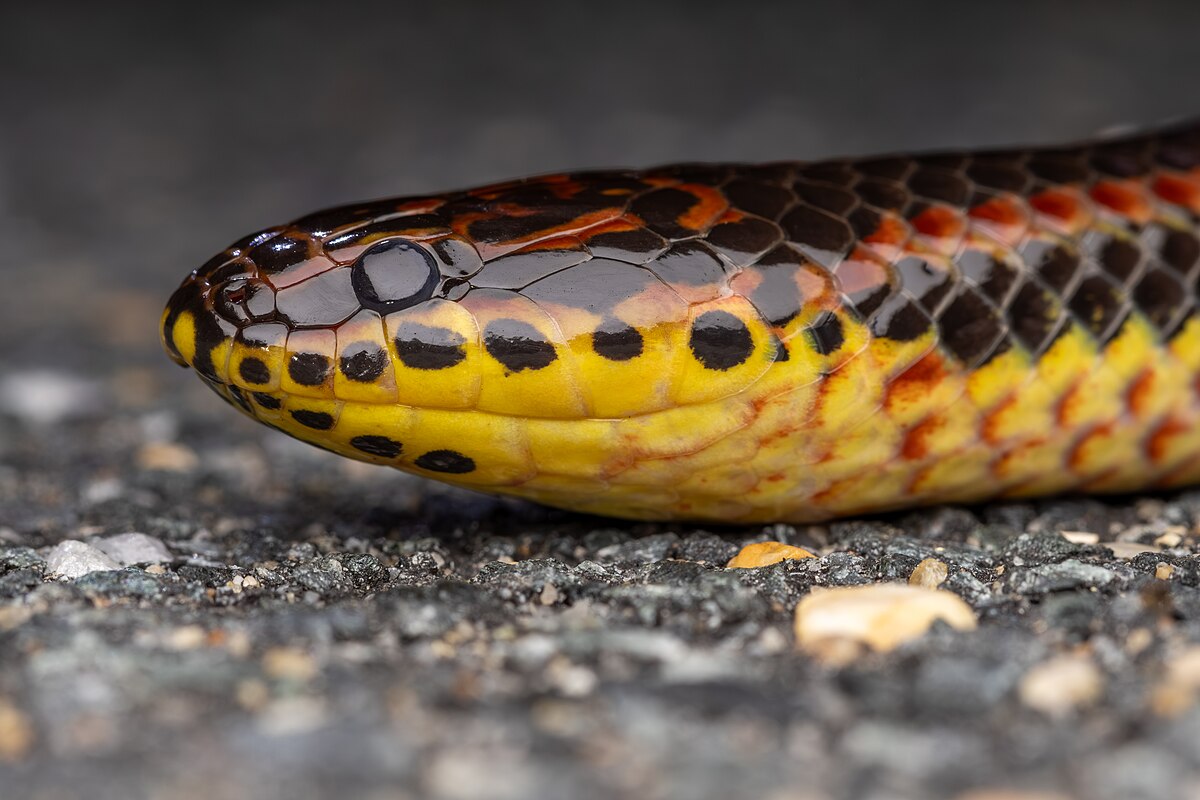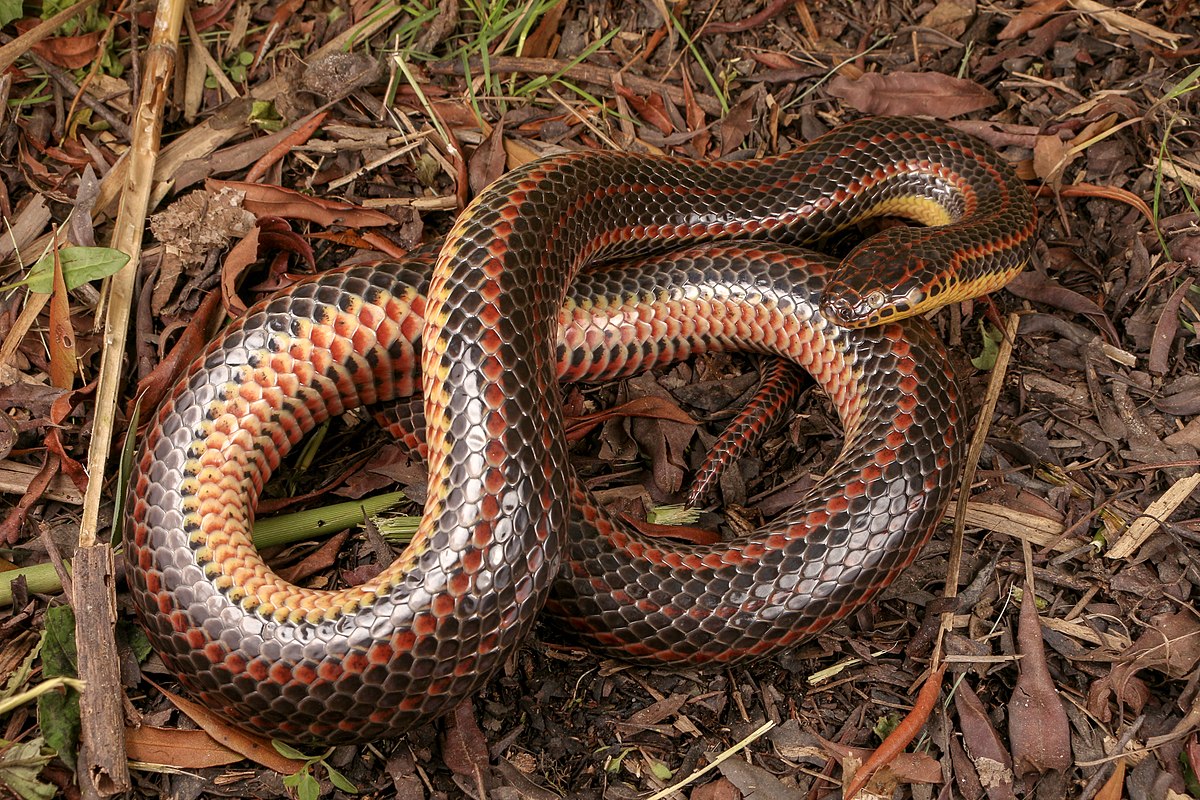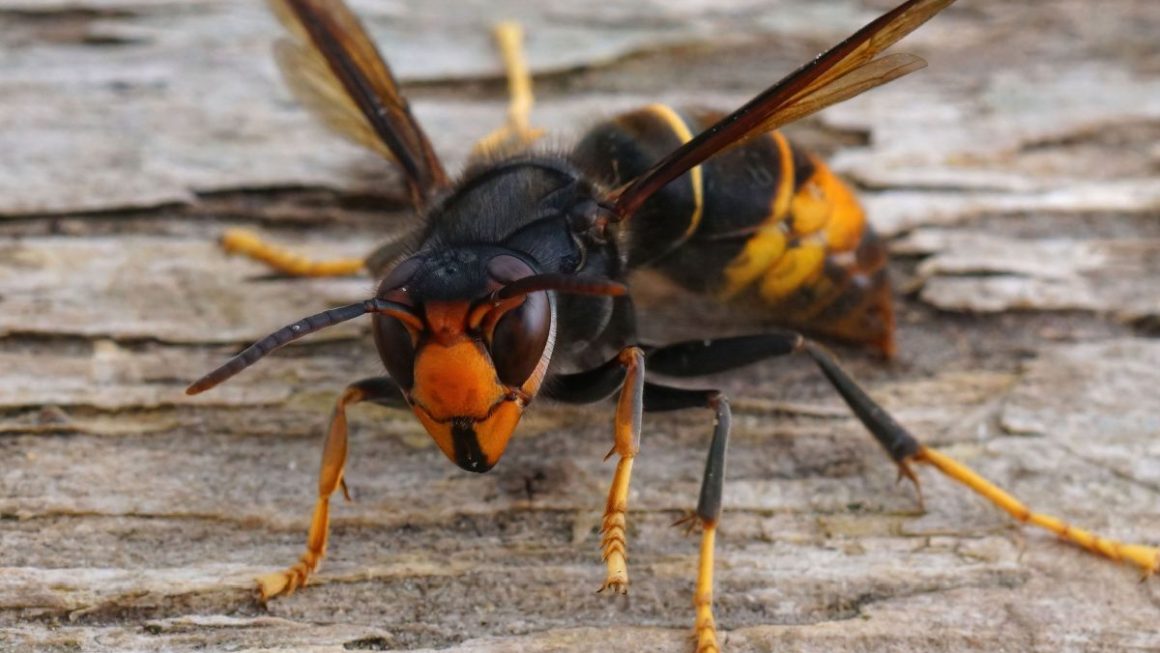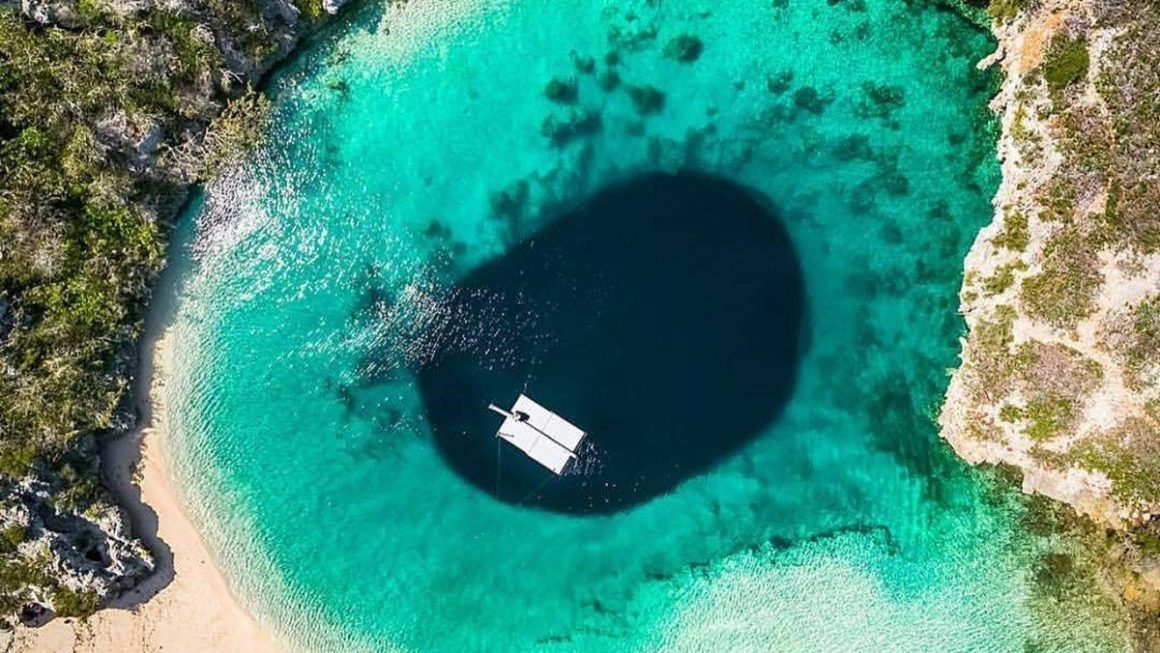They are looking for citizen reports to help confirm the presence of the rainbow snake, a species that is rarely seen and difficult to detect.
The FWC seeks to confirm whether the rainbow snake still inhabits areas of Florida where it was believed to be extinct. Citizen reports may be key.
The Florida Fish and Wildlife Conservation Commission (FWC) in the United States has requested the public’s help in locating a rare species of non-venomous snake, whose population has declined severely in recent years.
One subspecies was even declared extinct by the US federal government in 2011.
The FWC’s appeal seeks to confirm sightings of the rainbow snake (Farancia erytrogramma), a semi-aquatic reptile that was believed to have disappeared from certain areas of the state. The institution stated that each report can contribute to assessing the health of the species and mapping its current distribution.
Anyone who observes a specimen should take photographs and complete an online form. The images facilitate verification of the finding and its scientific usefulness.
A species with unmistakable characteristics
The rainbow snake has unique physical features. According to FWC biologists:
- Its body is iridescent black or purplish blue in colour.
- It has three red stripes along its back.
- Its chin and lips are yellow, with purple spots.
- It measures between 90 and 120 cm in length in its adult stage.
Its belly may show pink or yellow tones, with three lines of dots formed by black spots on each scale. Its tail ends in a horny, pointed scale.
This species inhabits environments close to water such as rivers, springs, or brackish swamps.
In Florida, records indicate its presence in the Panhandle region and parts of the northern peninsula, specifically in the St. Marys, St. Johns, and Suwannee river basins.
Subspecies declared extinct
A subspecies historically found in Fisheating Creek, in Glades County, has not been observed since 1952, according to official records. This site is located more than 240 kilometres from the last known population in Lake County.
In 2010, the Centre for Biological Diversity requested federal protection for this subspecies. However, the following year it was declared extinct by the United States government.
A 2012 report reignited conservationists’ hopes by mentioning a possible sighting. This prompted scientific expeditions that failed to locate the animal.

Feeding problems and external threats
The FWC explained that the decline of this snake is related to the decline in the population of the American eel, its main prey. In addition, in other states it has been affected by fungal diseases.
According to the Centre for Biological Diversity, this species faces threats such as urbanisation, dam construction, water pollution and loss of its natural habitat.
The organisation maintains that specimens may still exist, even though they have not been captured in decades.
For this reason, the authorities invited residents and visitors to participate in efforts to detect and conserve this rare species.




